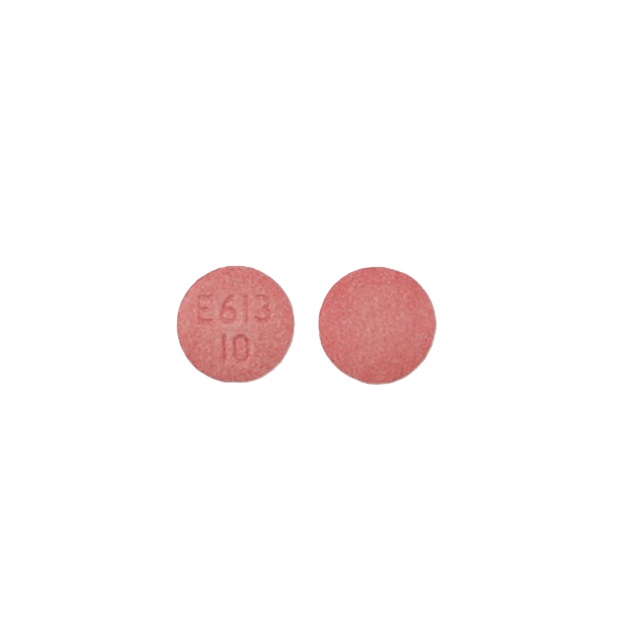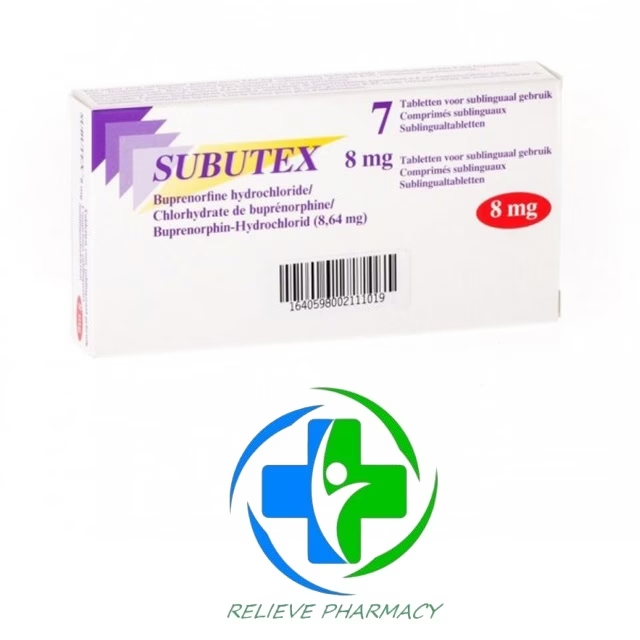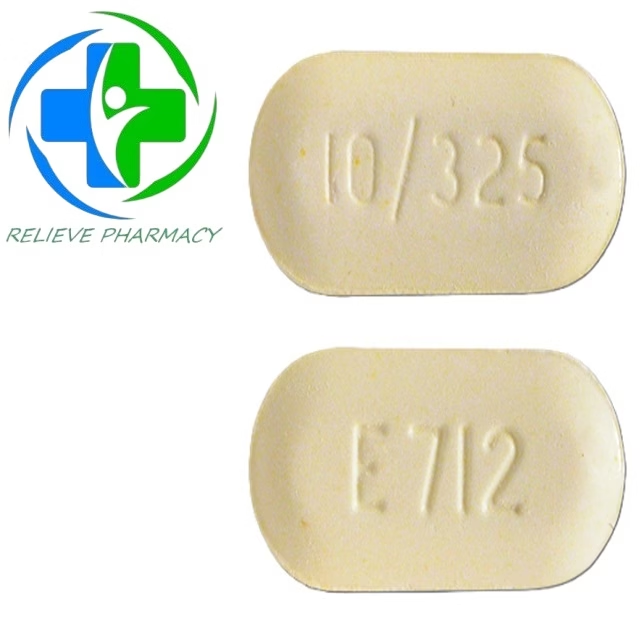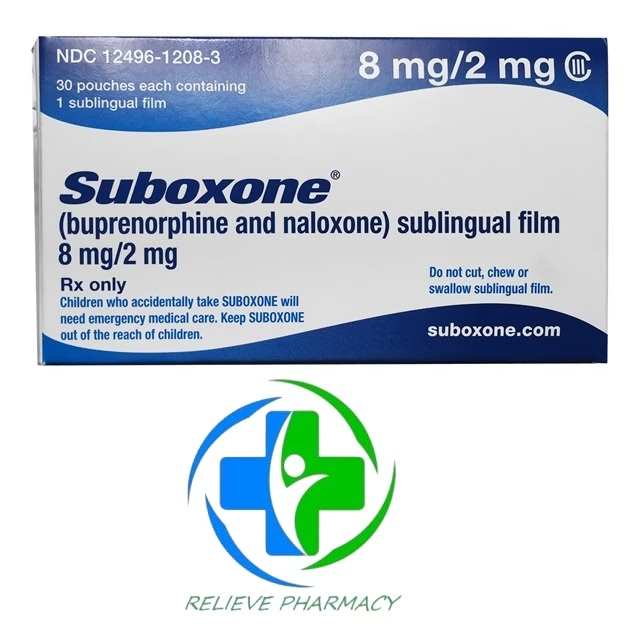What is Oxymorphone (Opana) 10 mg?
Oxymorphone, marketed under the brand name Opana, is a powerful opioid medication used to manage moderate to severe pain. The 10 mg dosage form is commonly prescribed to individuals with significant pain that requires around-the-clock treatment, such as after surgery or for chronic conditions.
Key Details about Oxymorphone (Opana) 10 mg
- Brand Name: Opana
- Generic Name: Oxymorphone
- Strength: 10 mg
- Formulation: Extended-release and immediate-release versions
How Does Oxymorphone Work?
Oxymorphone works by binding to opioid receptors in the brain and spinal cord, which results in a reduction in pain perception. It alters the way your body responds to pain signals and helps improve quality of life for those suffering from severe pain. It is typically reserved for individuals who need strong pain relief and have not responded adequately to other less potent pain medications.
Medical Uses of Oxymorphone (Opana) 10 mg
- Acute Pain Relief: Opana is commonly prescribed to patients recovering from surgery or injury. It helps manage significant pain that would otherwise limit recovery.
- Chronic Pain Management: It is also used for the long-term management of chronic pain, such as in conditions like cancer, severe back pain, or other debilitating diseases.
Side Effects of Oxymorphone 10 mg
Like other opioids, Oxymorphone carries a risk of side effects. Common side effects include:
- Drowsiness or fatigue
- Nausea and vomiting
- Constipation
- Lightheadedness or dizziness
- Slowed or difficult breathing (a serious side effect)
Because of its potency, it is essential that Oxymorphone is taken only as prescribed. Misuse of this drug can lead to serious health consequences, including addiction, overdose, and death.
Risks and Warnings
Oxymorphone, being a Schedule II controlled substance, has a high potential for abuse and dependence. It must be used only under the guidance of a healthcare provider and according to their exact instructions. The following precautions should be noted:
- Addiction Risk: Long-term use can lead to physical dependence or addiction. Patients should only take Oxymorphone for as long as necessary.
- Breathing Issues: Since the drug affects the respiratory system, it should be used cautiously in individuals with lung disease or breathing difficulties.
- Overdose Risk: Taking Oxymorphone in higher doses than prescribed can result in life-threatening overdose symptoms, including shallow breathing, loss of consciousness, and death.
Interactions and Precautions
Before using Oxymorphone, you should inform your doctor if you have:
- A history of substance abuse
- Breathing or lung problems
- Kidney or liver disease
- Any history of stomach or intestinal problems
- Are pregnant or breastfeeding
Legal Considerations
Because Oxymorphone is a highly regulated substance, it is only available by prescription. It is illegal to buy, sell, or possess Oxymorphone without a prescription from a licensed healthcare provider.
Conclusion
Oxymorphone 10 mg (Opana) is an effective pain management solution for individuals with severe pain, but its potency and potential for abuse mean it should be used with extreme caution. Always follow your healthcare provider’s instructions, and never self-medicate or share your medication with others.
If you are prescribed Oxymorphone, it is crucial to have regular check-ups with your doctor to assess its effectiveness and to monitor for any potential side effects.
For additional guidance or questions, consult with a healthcare provider who can offer specific advice based on your health condition.





Reviews
There are no reviews yet.